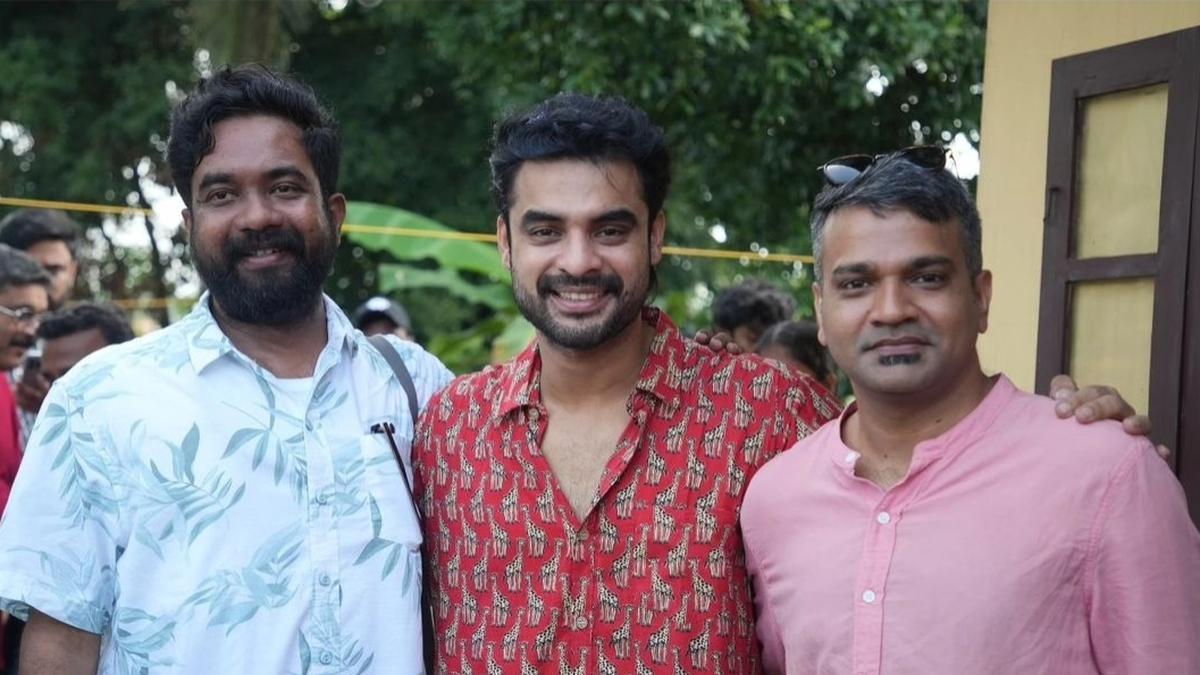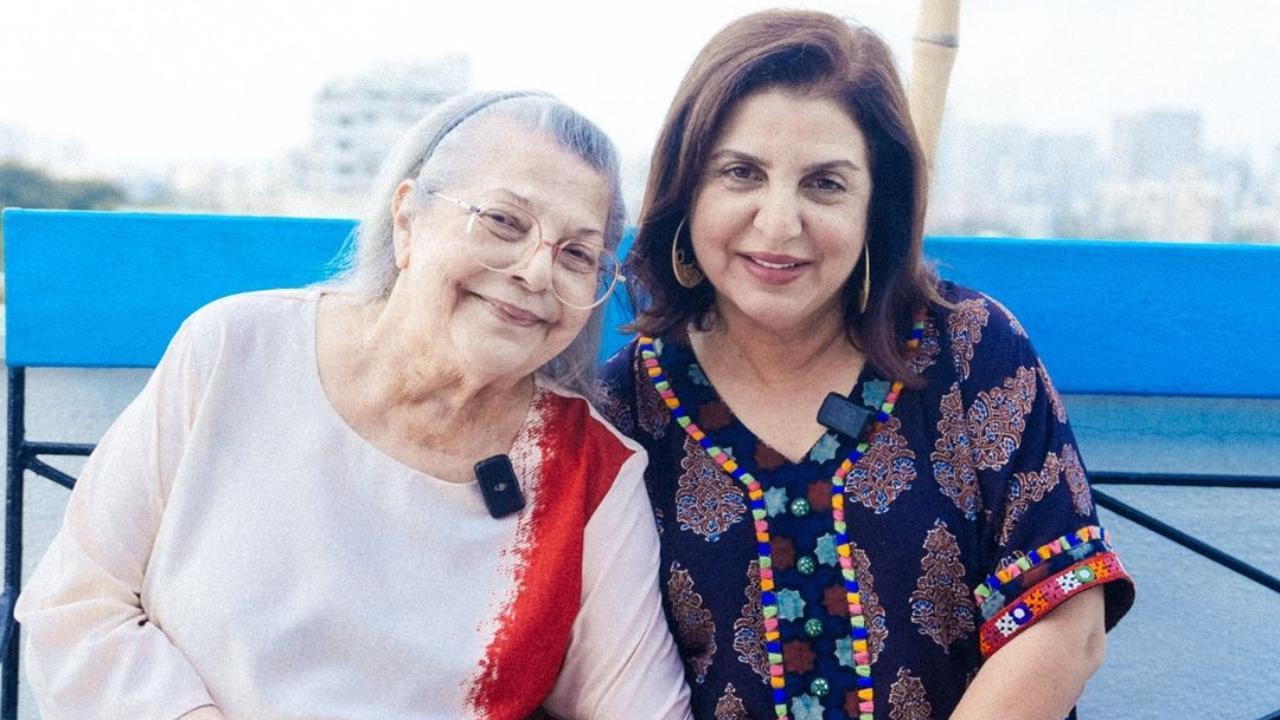
The glitz and glamour of Bollywood frequently mask the rigorous and costly endeavours that go into producing the spectacular films adored by millions. Among these challenges, one concern has been brought into sharp focus by director-choreographer Farah Khan— the surging entourage costs of actors which she believes heavily burden producers and the industry as a whole.
Farah Khan, whose directorial ventures include blockbuster hits like ‘Main Hoon Na’, ‘Happy New Year’, and ‘Om Shanti Om’, voiced her concerns during an appearance on the Twin Encounter series on the YouTube channel hosted by Chinki Minki. Her candid conversation revealed a side of the film industry that the audience seldom sees, and the financial strain placed on producers due to the burgeoning entourages accompanying stars.
Khan expressed her dismay at the increasing number of personnel actors bring to sets, which does not translate to on-screen benefits. “I think there’s an excessive entourage cost now. One actress arrives with a team of nine people. An actor comes with eight. That’s a waste of resources. It doesn’t show in the film, that cost,” she articulated firmly. The implied message was that these additional expenses potentially divert funds from other vital areas of production which could diminish the overall quality of a project.
Further emphasizing her point, Khan stressed the importance of reigning in these expenses, claiming, “I think that needs to be controlled a bit. It weighs down on the producers.” This observation hints at a larger issue within the film industry where the financial equilibrium is upset by avoidable costs.
The discussion with Farah Khan reveals an aspect of Bollywood economics that’s often overshadowed by the industry’s dazzling celebrity culture. Stars command not only attention and admiration from their fans but also incur significant costs due to their personal requirements. From stylists and makeup artists to personal assistants and security, the entourage of a single actor can equate to a small army.
The ripple effect of such high entourage costs is manifold. It could lead to budget cuts in other areas, such as production design, special effects, and even post-production. When funds are diverted to accommodate actors’ entourages, the end product might suffer, since every rupee saved from one end could potentially enhance another facet of the film, including the set, costumes, and technology that could elevate the cinematic experience for viewers.
The challenge, as outlined by Khan, is to find a balance between fulfilling the professional needs of actors while also ensuring the financial viability of film projects. While entourages may be necessary to some extent for the efficiency and comfort of the stars, there is a growing consensus that moderation is key. By streamlining these off-camera teams, the industry might unlock potential savings that could be reinvested into creative endeavors.
Farah Khan’s comments thus spark a necessary conversation about sensible budgeting and resource allocation in film production. They serve as a reminder that the overarching goal is to bring the best possible stories to the screen, and unnecessary expenses can detract from that objective.
It’s worth noting that the original source of this story has not been endorsed by Mid-day, which has distanced itself from the reliability and trustworthiness of the content. Nevertheless, the issue remains significant and has the potential to stimulate further debate within the industry on sustainable and financially responsible film production practices.
In conclusion, as Bollywood continues to enchant audiences worldwide, it is crucial for insiders like Farah Khan to shine a light on the less glamorous but incredibly important financial aspects of filmmaking. By addressing the issue of entourage costs, the film industry can take a step towards greater efficiency and perhaps even greater creative triumphs.










